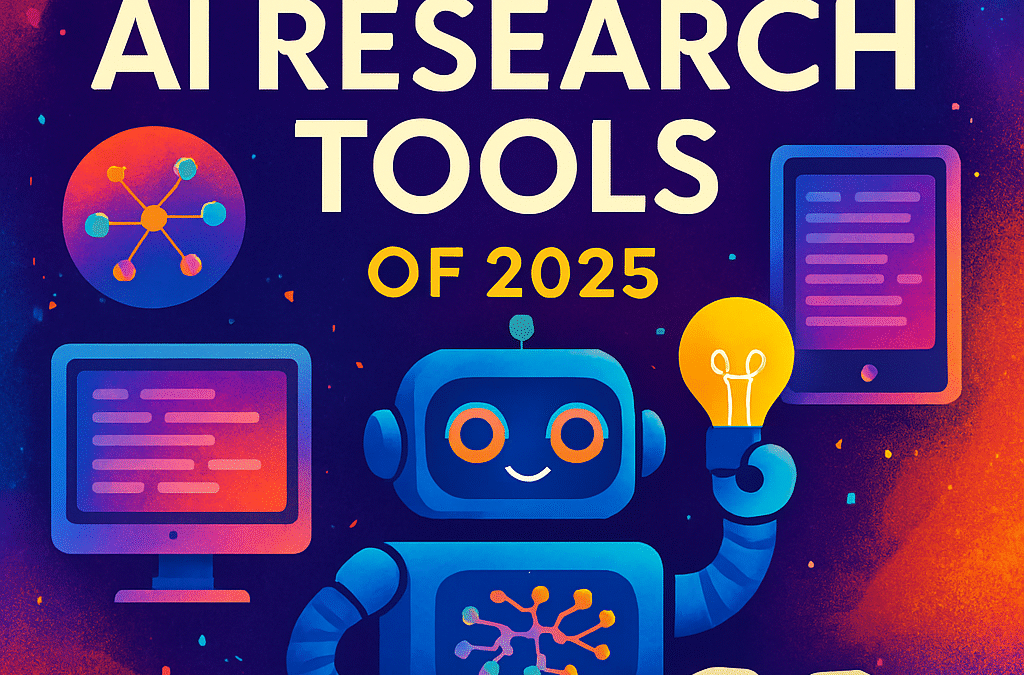As AI transforms the research landscape, platforms offering automated literature reviews, AI essay generation, and intelligent summarization tools have become essential for academics and creators. This blog showcases the most impactful and widely adopted AI tools that streamline everything from reading and note-taking to citation and publishing — making research faster, smarter, and more monetizable.
🧠 1. Paperpal
Descriptive Snapshot: One of the most trusted platforms in academia, Paperpal is experiencing steady adoption among journal authors, thanks to its seamless Word integration and reputation for improving manuscript clarity and compliance.
📌 Best for: Academic paper editing powered by AI
🔍 2. Connected Papers
Descriptive Snapshot: A favorite among graduate students and research teams, Connected Papers has surged in use due to its intuitive visual mapping of citations and related work — becoming a standard tool for literature reviews.
📌 Best for: AI-powered citation discovery and literature mapping
🧬 3. Unsloth AI
Descriptive Snapshot: Gaining momentum in the developer community, Unsloth is widely adopted for LLM customization, especially within open-source ecosystems focused on ethical machine learning experimentation.
📌 Best for: Fine-tuning LLMs and model training for AI engineers
🐇 4. ResearchRabbit
Descriptive Snapshot: Despite recent fluctuations in user traffic, ResearchRabbit maintains strong loyalty among researchers who value real-time updates and interactive citation tracking features.
📌 Best for: Semantic search and citation network visualization
📚 5. SciSummary
Descriptive Snapshot: Popular among time-pressed students and science bloggers, SciSummary delivers concise and insightful summaries of dense academic papers — though platform usage has dipped as competitors emerge.
📌 Best for: Summarizing scientific research with AI
✍️ 6. Writeless
Descriptive Snapshot: Rapidly expanding in academic circles, Writeless has become a go-to for plagiarism-free, AI-generated essays with citation support — appealing especially to users navigating AI detection systems.
📌 Best for: Essay generation with built-in citation tools
🧾 7. Blainy
Descriptive Snapshot: With growing traction among university students and early-career researchers, Blainy provides streamlined paper drafting tools that simplify complex academic writing tasks.
📌 Best for: Research paper writing and idea structuring
📄 8. Explainpaper
Descriptive Snapshot: Slowly but steadily rising in popularity, Explainpaper earns praise from interdisciplinary scholars for its ability to demystify jargon-heavy research using plain-language explanations.
📌 Best for: Simplifying complex academic texts with AI
🧪 9. ThesisAI
Descriptive Snapshot: A niche favorite among STEM students and thesis advisors, ThesisAI is ideal for producing structured, LaTeX-ready scientific documents — even as it faces minor declines in traffic.
📌 Best for: Scientific writing and academic formatting
🔊 10. Illuminate
Descriptive Snapshot: Despite reduced usage this year, Illuminate still finds favor with auditory learners and podcast-style educators looking to repurpose academic papers into audio formats.
📌 Best for: AI-generated audio versions of research papers
🏛️ 11. Centre for the Governance of AI
Descriptive Snapshot: Rapidly rising in relevance, this institute is making waves in policymaking and ethical AI circles — attracting researchers focused on safety, governance, and long-term AI impacts.
📌 Best for: AI ethics, policy research, and thought leadership
🧠 12. Samwell.ai
Descriptive Snapshot: Once a rising star in academic writing assistance, Samwell has seen a recent dip but remains a solid choice for users seeking automated citation and structured research drafting.
📌 Best for: Research paper generation with auto citations
🧮 13. SandboxAQ
Descriptive Snapshot: With expanding use in corporate R&D and university labs, SandboxAQ blends quantum computing with AI analytics — appealing to data scientists solving high-stakes problems.
📌 Best for: AI-powered scientific modeling and advanced simulations
📖 14. OpenRead
Descriptive Snapshot: Steady in its user growth, OpenRead continues to attract collaborative researchers who want annotation, tagging, and group study tools embedded in one platform.
📌 Best for: Collaborative reading and interactive paper analysis
🤖 15. ResearchPal
Descriptive Snapshot: Although seeing a drop in active users, ResearchPal remains valuable for automating the literature review process — especially among solo researchers and writers.
📌 Best for: Streamlined literature reviews and paper insights
🌟 Conclusion: Empower Your Research Journey with AI Precision
The academic landscape is no longer bound by traditional constraints. With the rise of AI writing assistants, automated literature review tools, and semantic discovery platforms, researchers now have the power to accelerate analysis, enhance clarity, and produce publication-worthy work in record time.
Each tool we’ve explored — from the manuscript-polishing precision of Paperpal to the citation-rich mapping of Connected Papers — represents a step toward a future where intelligent systems collaborate with human creativity.
Whether you’re optimizing your own workflow, curating resources for your academic team, or building an SEO-rich blog for monetization, these platforms offer not just convenience but real competitive advantage.
So don’t just follow the frontier — build it. The right AI tool can save you hours, boost your impact, and help you publish smarter. Want help weaving these into your content strategy or developing a downloadable guide? Just say the word — I’d be thrilled to help you make it resonate.
https://systementcorp.com/offers
https://eyeofunity.com
https://meteyeverse.com
https://00arcade.com
Discover more from System Ent Corp
Subscribe to get the latest posts sent to your email.

